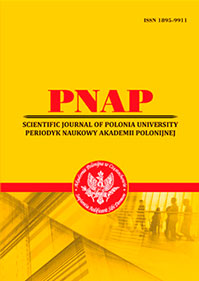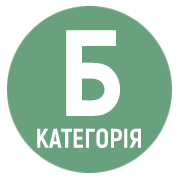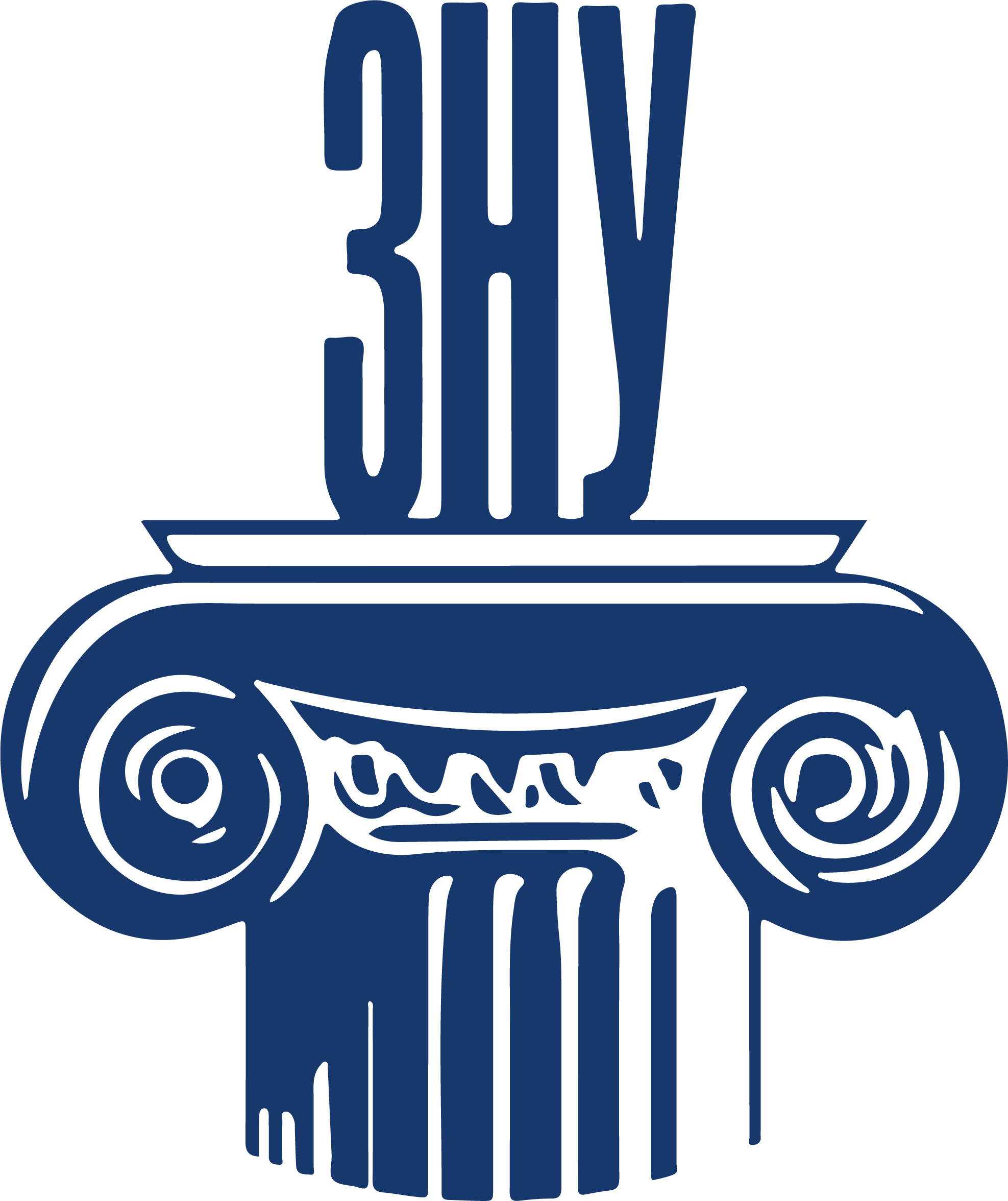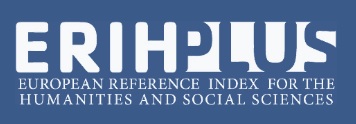VERBALIZATION OF THE PORTRAIT CHARACTERISTICS OF SOCRATES IN THE NOVEL BY YU. M. MUSHKETIK
Abstract
The article represents the peculiarities of the linguistic realization of the image of the ancient Greek philosopher Socrates in Yu. M. Mushketik’s story “The Death of Socrates” from the perspective of the theory of multiple worlds. In particular, attention is focused on the portrait characteristics of the character as an important component of the character’s possible world. The study is based on the idea of the character world as a subspecies of the artistic possible world. Within the character world, we distinguish deontic and axiological modality. The appearance of the character, his portrait characteristics, are considered components of axiological modality. It was established that the axiological modality at the linguistic level is expressed by concepts, artistic and semantic contents. The article identifies linguistic means that make it possible to reconstruct the characteristic features of Socrates’ appearance. For deeper understanding, information is provided about the development of the image of the ancient Greek philosopher in world culture. Also, in the work, based on the portrait characteristics, the artistic and semantic planes that reflect the axiological modality within the limits of the author’s vision were investigated. Linguistic explication of the lexical-semantic content of the philosopher’s physical, psychological, and status characteristics is separately analyzed. The article established that portrait characteristics represent such artistic and semantic planes as Socrates – unattractive, Socrates – old, Socrates – poor, Socrates – intelligent, Socrates – good, Socrates – calm. It is emphasized that each of the named artistic-semantic planes at the lingual level is expressed with the help of various means of artistic expressiveness: epithets, metaphors, similes, paraphrases, metonymies, etc. It was revealed that in the work Yu. M. Mushketik uses tropes not only for expression, but also to emphasize Socrates’ internal characteristics.
References
2. Суд над Сократом. Сборник исторических свидетельств / Составитель А.В. Кургатников. Санкт-Петербург : Алетейя, 2000. 272 с.
3. Геворкян А.Т. Сократ и его время. Ереван : Чартарагет, 2012. 208 с.
4. Гриневич В.Й., Грабко С.В. Особливості вивчення морально-етичних аспектів історичних повістей Ю. Мушкетика. Вісник ЛНУ імені Тараса Шевченка. 2017. № 4 (309). С. 113–122.
5. Федоровська Л.К. Романи Юрія Мушкетика. Літературно-критичний нарис. Київ : Рад. письменник, 1982. 203 с.
6. Горбач Н.В. Сократ – герой літературного твору. Вісник Запорізького державного університету. URL: https://web.znu.edu.ua/herald/issues/archive/articles/1157.pdf
7. Антонюк М. Маєвтика Сократа в українській літературі другої половини ХХ ст. (на основі повістей В. Шевчука «Навчитель істини», Ю. Мушкетика «Смерть Сократа»). Іноземна філологія. 2007. Вип. 118. С. 3–15.
8. Стретерн П. Сократ за 90 минут. Москва : АСТ, Астрель, 2005. 87 с.
9. Яхно В. Аристофан и его комедии. Избранные комедии / Аристофан. Москва : Изд-во «Художественная литература», 1974. С. 5–27.
10. Мушкетик Ю.М. Смерть Сократа : повісті, оповідання. Харків : Фоліо, 2008. 318 с.
11. Словник української мови. В 11 т. Т. 1 : А – В. / АН УРСР, Інститут мовознавства ім. О.О. Потебні ; голов. ред. І.К. Білодід. Київ : Наукова думка, 1970. 800 с.
12. Ксенофонт. Воспоминания о Сократе. Москва : Наука,1993. 380 с.
 ISSN
ISSN 


.png)



